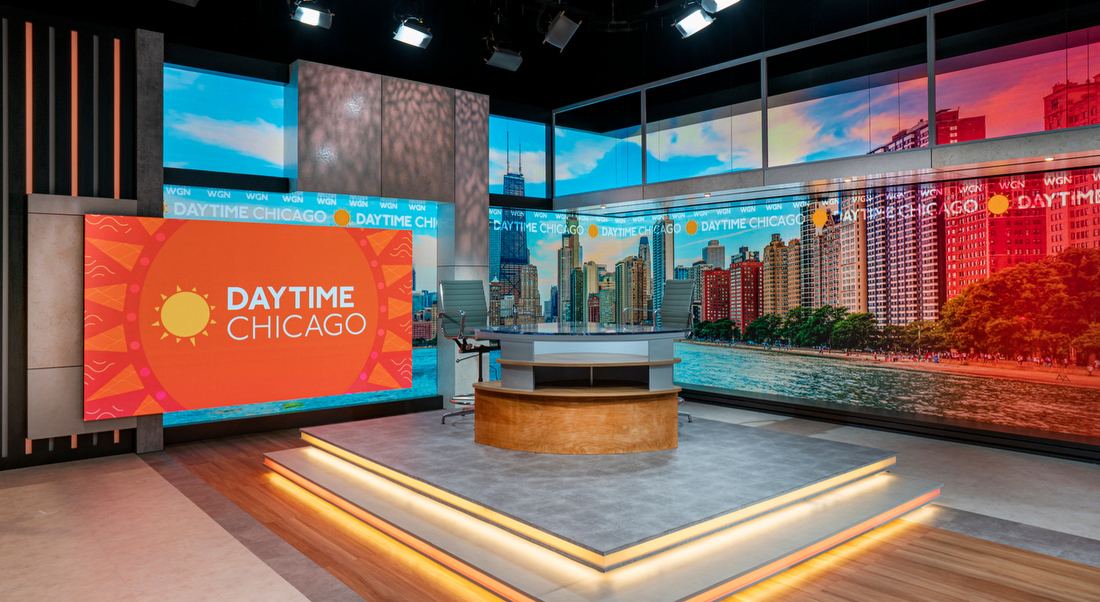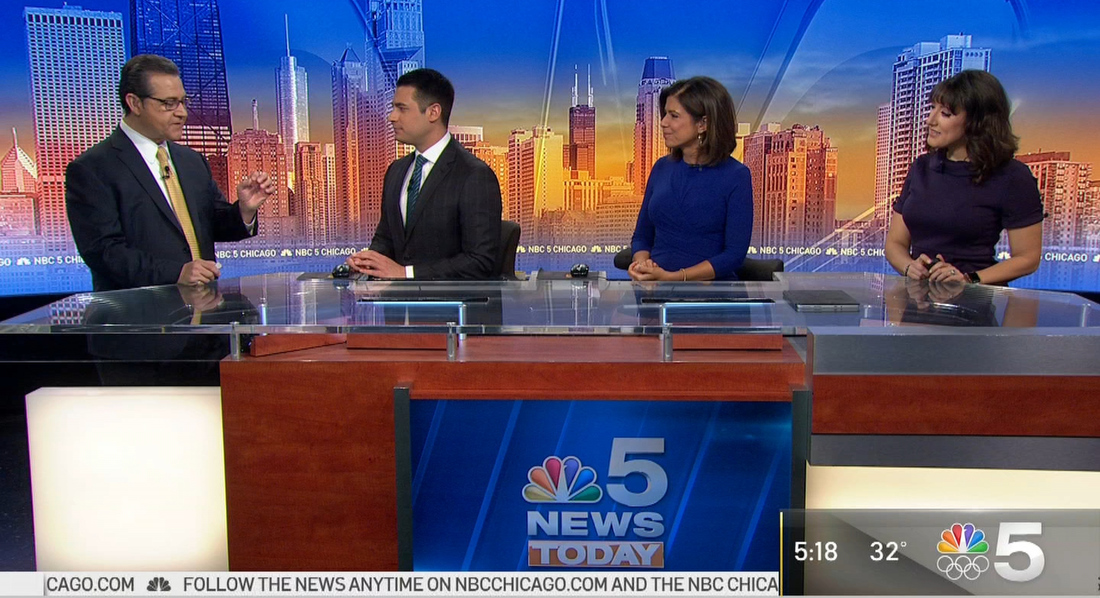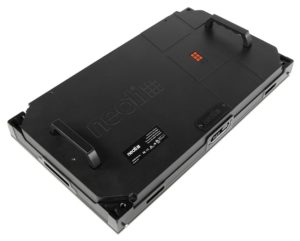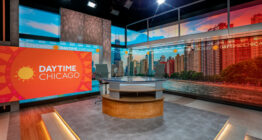Understanding video processing and resolution in LED display technology

Subscribe to NCS for the latest news, project case studies and product announcements in broadcast technology, creative design and engineering delivered to your inbox.
Video walls have become the go-to way of showcasing and interacting with content in broadcast studios. However, as they continue to grow in pixel size, so do the challenges of content workflows.
Video walls have common pain points around video processing and resolution, notes Joe Kipfer of Neoti.
“The first pain point is if the LED wall is a non-standard resolution,” said Kipfer.
“If you’re starting with a 16×9 aspect ratio display, just like the source content, that’s pretty easy because it can easily scale up or down. But when you have source content that is 16×9 aspect ratio and the display is physically wider or taller than that, the content needs to be either cropped or shrunk to smaller than the display – leaving blank areas on the sides or top and bottom of the display. ”
At NBC 5 Chicago, for example, Neoti notes the main anchor wall is wider than 16×9. Since the content is typically a city beauty shot or animated graphics, it’s ok that the video feed is cropped on the sides.


“Neoti can provide controllers that scale as part of the LED package, solving this dilemma,” said Kipfer.
“For example, if your source is 1920×1080 and the video wall aspect ratio is 16×9, then the LED controller can scale it up or down to hit the actual native resolution of the video wall,” said Kipfer.
But resolution can also be a pain point for broadcasters, especially with the variety of mixed formats in production ranging from 720p all the way to 4K.
“For studios that have never used LED, sometimes it’s not understood how the resolution of the display is determined,” said Charles Markovits of Neoti.


“So the question arises, what is acceptable? … What’s the maximum scaling that would be acceptable for all these different formats?”
“In most studio environments, it doesn’t matter how the display looks to the naked eye,” said Kipfer. “It’s all about how it looks on camera. Sometimes throwing more resolution at it, throwing more diodes at the problem is not the answer.”
Improper scaling or mishandling of resolutions can create issues for the content, such as softening of images. And worse, it can also lead to artifacts that cause added distraction on video clips.
Video Wall Processors
Aside from letting the LED panel scale the image, another solution is to use a standalone video wall processor, such as a tvONE CORIO.
In this case, multiple video clips are combined and synchronized to fill the video wall.
“If you’re going to scale, it’s about scaling quality and that’s one thing that in the CORIOmaster and all the CORIO devices, we’ve always done that exquisitely because of our patented CORIO scaling engine,” said Mark Trevana of tvONE.

Inside a system like this, a virtual view of the wall is created via a series of windows that hold the content. One CORIOmaster, for example, can play eight HD clips in sync to fill these windows.
“You can select different qualities of windows from effectively a 4K window down to a 720p window to manage that bandwidth,” noted Trevana. “It’s not an LED wall in the CORIO, it’s a six screen display wall. It handles all that resolution, keeps it in the correct aspect ratio, manages up scaling, down scaling and format conversion.”
Using a processor also allows you to lock ratios to avoid the dreaded squish of content forced into the wrong aspect ratio.
“It is amazing how many times people screw up their aspect ratio and you end up with something squashed or squished,” said Trevana.
Modularity
Video processors are also built with modularity and scalability in mind, so as your wall is upgraded to a higher pixel pitch or a larger format, it’s easy to repurpose the systems you already invested in.
“It’s not like a fixed un-modular piece of kit where you’d have to throw it away and start again,” said Trevana.
“We can grow because you can. … I think that’s a real strength that works between both tvONE and Neoti.”
It’s important to think about your content and format when investing in an LED display, but don’t let that limit your creative freedom either. Through the power of scalers and video processors, any kind of wall is possible and manageable.
Learn more about Neoti and its broadcast expertise on its website.
The above column is sponsor-generated content from Neoti. To learn more about sponsor-generated content, click here.
Subscribe to NCS for the latest news, project case studies and product announcements in broadcast technology, creative design and engineering delivered to your inbox.





tags
LED Video Walls, Neoti, tvONE, TVOne Corio, Video Wall Control, video wall controller, Video Walls
categories
Partner Content